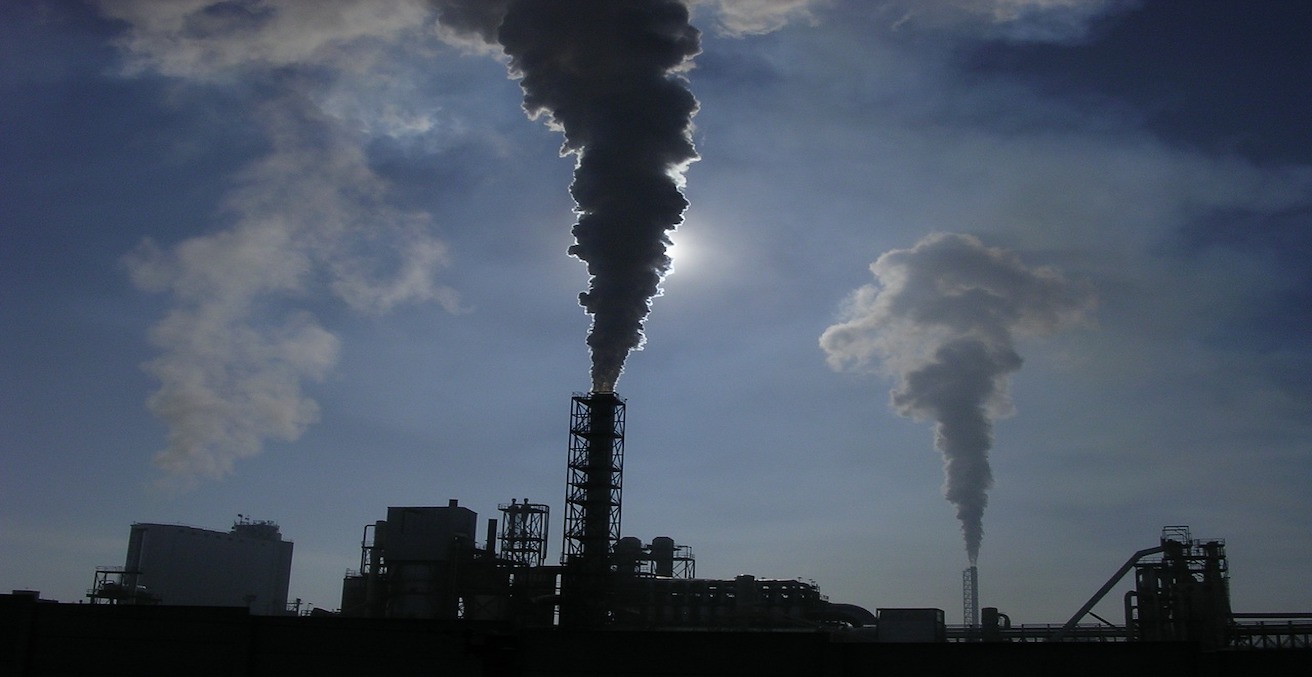The National Security Implications of Solar Geoengineering: An Australian Perspective

“Engineering” the atmosphere may provide a solution to the climate crises. But there are risks inherent for Australia in such an approach.
Given current emissions trends an increase in global temperatures in excess of 2°C is highly likely in the coming century. In this context, it seems increasingly probable that states may consider solar geoengineering as a stop-gap climate response. Solar geoengineering refers to measures that aim to alleviate some measure of global warming by intentionally increasing the amount of the sun’s energy that is reflected into space. Currently the two most discussed solar geoengineering techniques involve either marine cloud brightening or dispersing aerosols in the stratosphere. These techniques could be relatively inexpensive, are within the technological capacities (after a brief period of development) of technologically-advanced countries, and could have an almost immediate impact on temperatures. Yet, while solar geoengineering might potentially be utilised to manage some climate-linked security threats, it itself would create new security challenges.
There are potential international security implications for Australia if a regional state, or group of states, initiates a solar geoengineering program. We conclude that since solar geoengineering is unlikely to become a first-order international issue, disputation over solar geoengineering will likely reflect, or act as a proxy for, wider patterns of state interaction. However, scenarios in which China and the United States take different positions, or in which there are divisions among regional powers, such as Indonesia, Malaysia, India and Singapore would pose the greatest threat to Australia’s national security. Australia’s national security community is yet to seriously engage with the implications of a state, or group of states, initiating a geoengineering program.This oversight is increasingly salient. Indeed, some scholars worry that solar geoengineering’s low cost, ease of implementation, and potential to rapidly stabilise the climate might one day tempt a government to “go it alone.” Anticipating such possibilities, in 2019, Switzerland sponsored a resolution within the United Nations Environment Assembly to establish a global framework to govern geoengineering. The resolution was rejected, in part, owing to US opposition. However, as the issue gains prominence, decisionmakers and the public should ideally become better informed about solar geoengineering’s possible risks, benefits and costs.
Australia is a “regional” or “middle” power in the Indo-Pacific that shares many geopolitical and national security concerns with similarly positioned states defined a middle power as “a state whose leaders consider that it cannot act alone effectively but may be able to have a systemic impact in a small group or through an international institution.” This definition closely reflects Australia’s likely posture: Australia will almost certainly not commence global geoengineering alone, but might actively contribute to a multilateral or US-led minilateral geoengineering scheme. Indeed, one of our key arguments is that a group of Indo-Pacific middle powers, such as Japan, Indonesia, India and Australia might potentially emerge as a force advocating for cooperative governance of solar geoengineering; this is because these states share an interest in minimising friction between China and the United States. Australia’s likely attitude towards geoengineering will, however, also be flavoured by its unique set of national security priorities.
Were the US to initiate a minilateral geoengineering effort, it seems likely that Australia would be a willing participant. Australia’s perceived interest in preserving a close security alliance with the United States has justified its participation in a wide range of US-led initiatives, some of which have involved clear violations of international law (e.g. the invasion of Iraq). Given its geographical location, it is probable that the US might seek Australia’s assistance as a base for solar geoengineering activities. Under these circumstances, two major national security implications emerge for Australia.
First, Australia might be blamed for environmental disasters. Solar geoengineering is likely to generate considerable suspicion and conspiracy theories over the motivation of world governments to disperse aerosols in the stratosphere. Consequently, any unusual environmental events, such as floods and droughts, might well be blamed on the solar geoengineering scheme. It is entirely possible that solar geoengineering might indeed cause changes to weather patterns. However, even if there is no proven scientific connection, it is easy to imagine that solar geoengineering would be an ideal scapegoat. This might cause considerable damage to Australia’s diplomatic relationships. For example, if public opinion in Indonesia or Papua New Guinea were to connect flooding and mudslides to Australia’s participation in a geoengineering scheme, these countries’ leaders may feel it necessary to voice their opposition. This may undermine Australia’s regional position and reputation.
If Australia is part of a coalition that instigates solar geoengineering, this might also generate significant threats to critical infrastructure. Given probable opposition from activist green groups, including Friends of the Earth, Greenpeace and Hands off Mother Earth, protestors or other potential saboteurs may attempt to disrupt or destroy Australia’s solar geoengineering capacity. As a consequence, these facilities will need to be highly secured without being secretive, as this would likely fuel speculation that the government had sinister motives. The terrorist threat to critical infrastructure poses a further set of challenges. Critical infrastructure is often hardened against single point failures to reduce their vulnerability against natural disasters and random breakdowns. An intelligent opponent, however, might plan multiple strikes to counter the operation of fail-safe features.
Solar geoengineering currently has no state advocate, no supportive public constituency, and scientific understanding remains inadequate. In the near term, global implementation is highly improbable. Nevertheless, discussion of solar geoengineering is growing because atmospheric concentrations of greenhouse gases and associated climate impacts are increasing. By mid-century, as climate impacts continue to mount, it is entirely probable that some form of solar geoengineering will have commenced. Since this will also likely be an era of power transition, there is a real prospect that solar geoengineering might figure in the dynamics of great powers competition.
We identify three policy recommendations for Australia:
First, whilst solar geoengineering might today seem a distant prospect, Australia should anticipate that it might become a flashpoint between the great powers, China and the United States. Australia has a strong incentive to minimise this prospect by embedding itself in, and ideally shaping, any international deliberations on geoengineering and doing so early on.
Second, Australia should be responsive to concerns around the legitimacy of solar geoengineering. Australian governments should adopt high standards of transparency and public consultation in respect of all geoengineering policies, including local interventions such as those that are intended to protect the Great Barrier Reef. Perceptions concerning small scale implementation may shape the prospects for global interventions. Australia should also be motivated to reassure South Pacific nations that any solar geoengineering scheme is a collaborative climate response rather than an unwelcome imposition.
Third, the forum in which solar geoengineering governance questions are addressed will be significant for Australia. If geoengineering were to become a flashpoint between China and the US, Australia may prefer for solar geoengineering to be framed as a security question that the UN Security Council (UNSC) deals with. This is in part because the realist strategy for a middle power is to work through the UN system, and also because UNSC governance would give China, the US and Russia veto power over rival solar geoengineering efforts. Those concerned with the ‘securitisation’ of climate politics would argue against the UNSC being an appropriate forum, and there is some merit to that. Middle powers like Australia might instead champion normative arguments to build international distributive justice into solar geoengineering’s governance.
Australia’s goals of minimising great power conflict whilst promoting international legitimacy, cooperation and an agreed upon forum demands a nuanced approach. The formulation of that ought to begin now. Global geoengineering may be where the greatest traditional and non-traditional security challenges of our time meet. The end of the United States unipolar moment will occur simultaneously with what is now being described as climate catastrophe. It is likely that these two global transformations will connect over the issue of geoengineering. It would be prudent for Australian and other middle powers to now begin preparing for that possible time.
Dr Adam Lockyer is a senior lecturer on Security Studies from Macquarie University. He is also a non-resident Visiting Fellow at the United States Studies Centre.
Dr Jonathan Symons is a lecturer of International Relations at Macquarie University.
This article is published under a Creative Commons Licence and may be republished with attribution.




